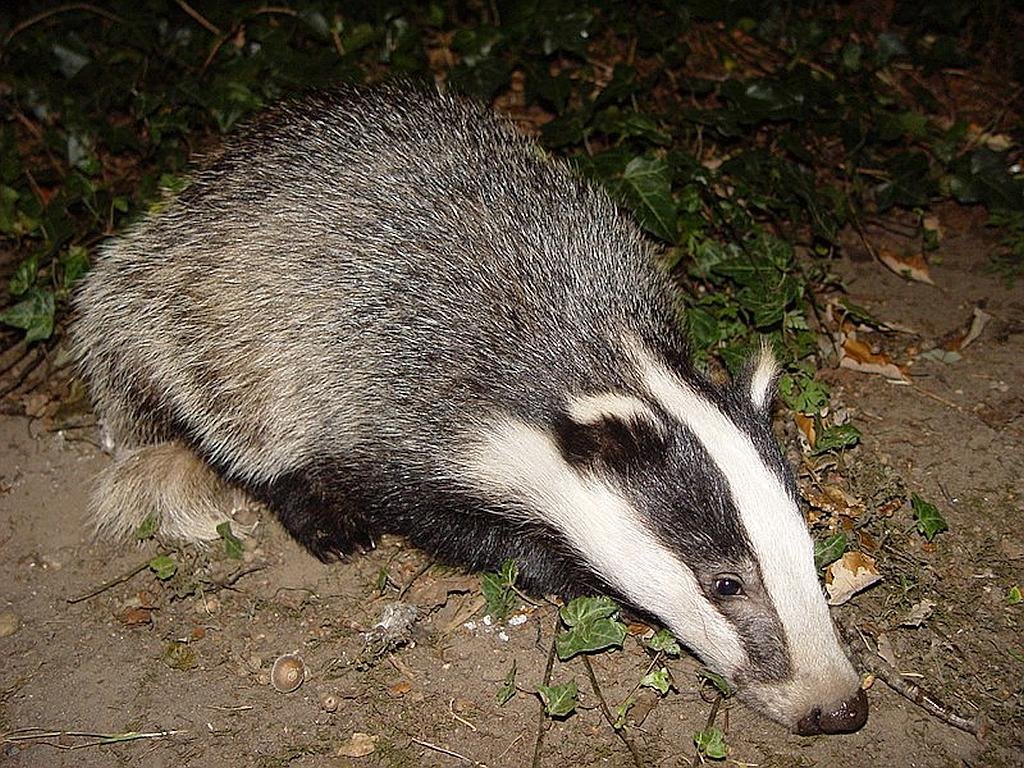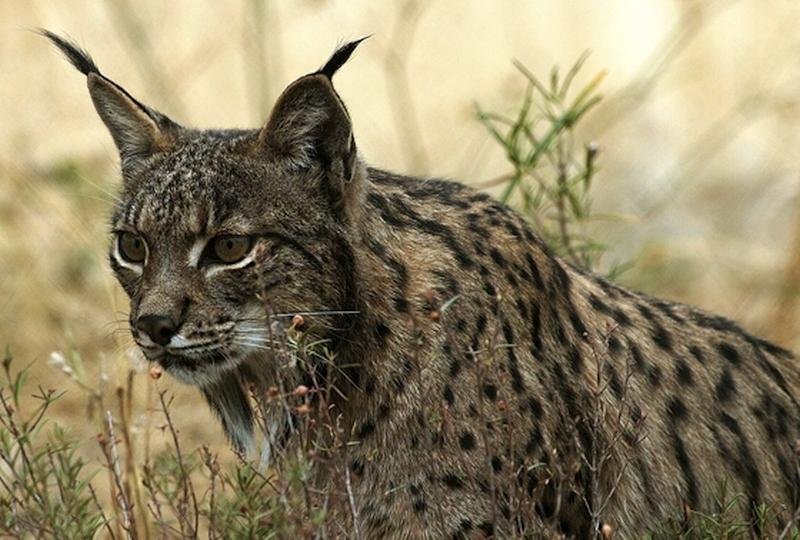The Spanish Ibex (Capra pyrenaica hispanica) Cabra montés frequently found in herds across the Andalucian mountain ranges are wild mountain goats. There were until fairly recently, more subspecies spaced around the Iberian peninsular, but now only two exist.
These mammals which originate exclusively in the mountains of Iberia are known as Cabra montés in Spanish. They are generally shades of brown around the body with black markings on the chest, flanks and legs in the males, whereas the females are paler. The adult males can reach a weight of 80-100 kg and are approximately double the size of the females.
I’ve been living in this lovely area of Western Andalucia for the last 20 years or so and dedicate most of my time to the running of English language tourist information websites for the towns of Cádiz, Ronda, Grazalema, the famous or infamous Caminito del Rey, and also Wildside Holidays, which promotes sustainable and eco-friendly businesses running wildlife and walking holidays in Spain. My articles contain affiliate links that will help you reserve a hotel, bus, train or activity in the area. You don’t pay more, but by using them you do support this website. Thankyou!



